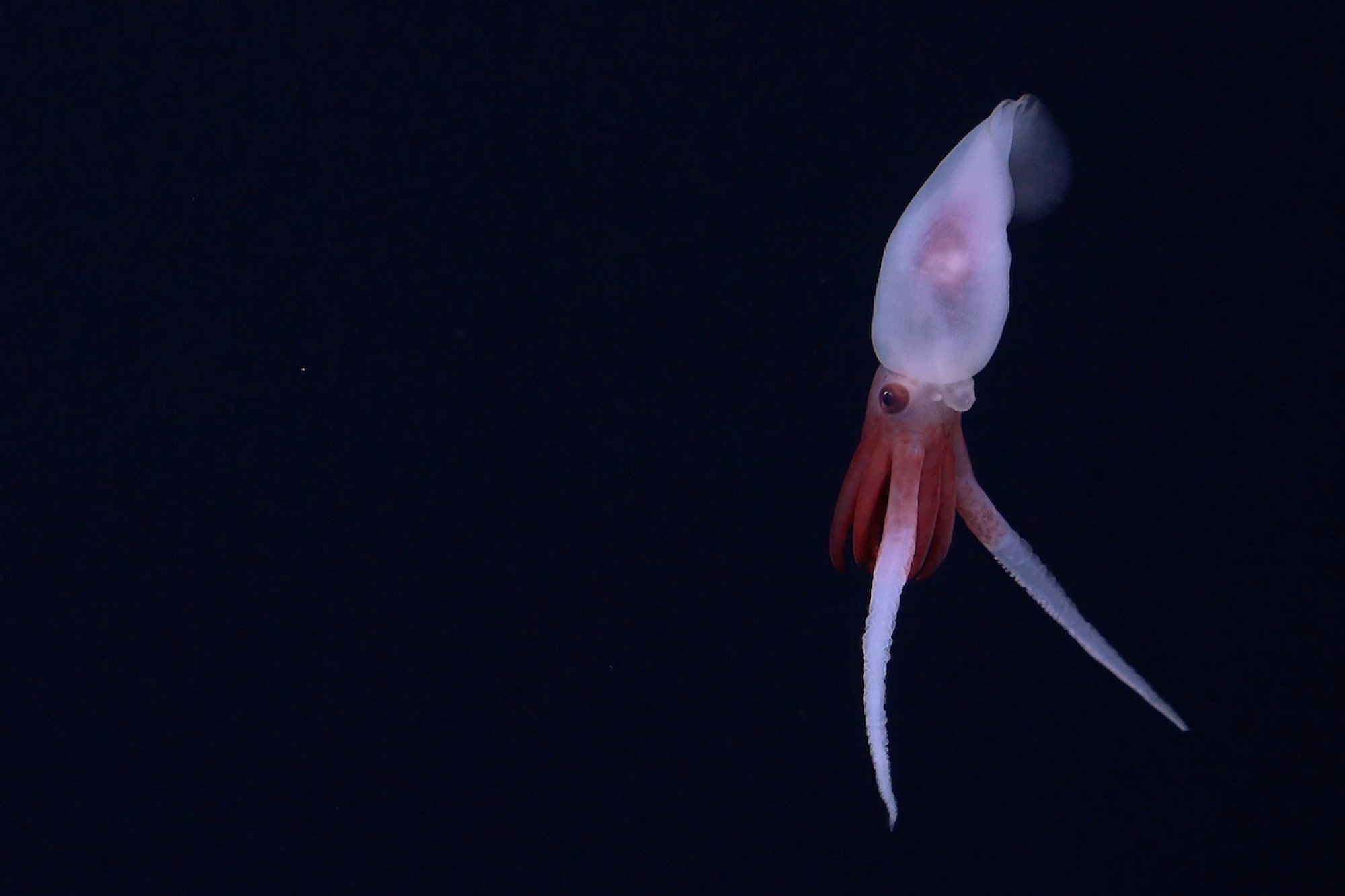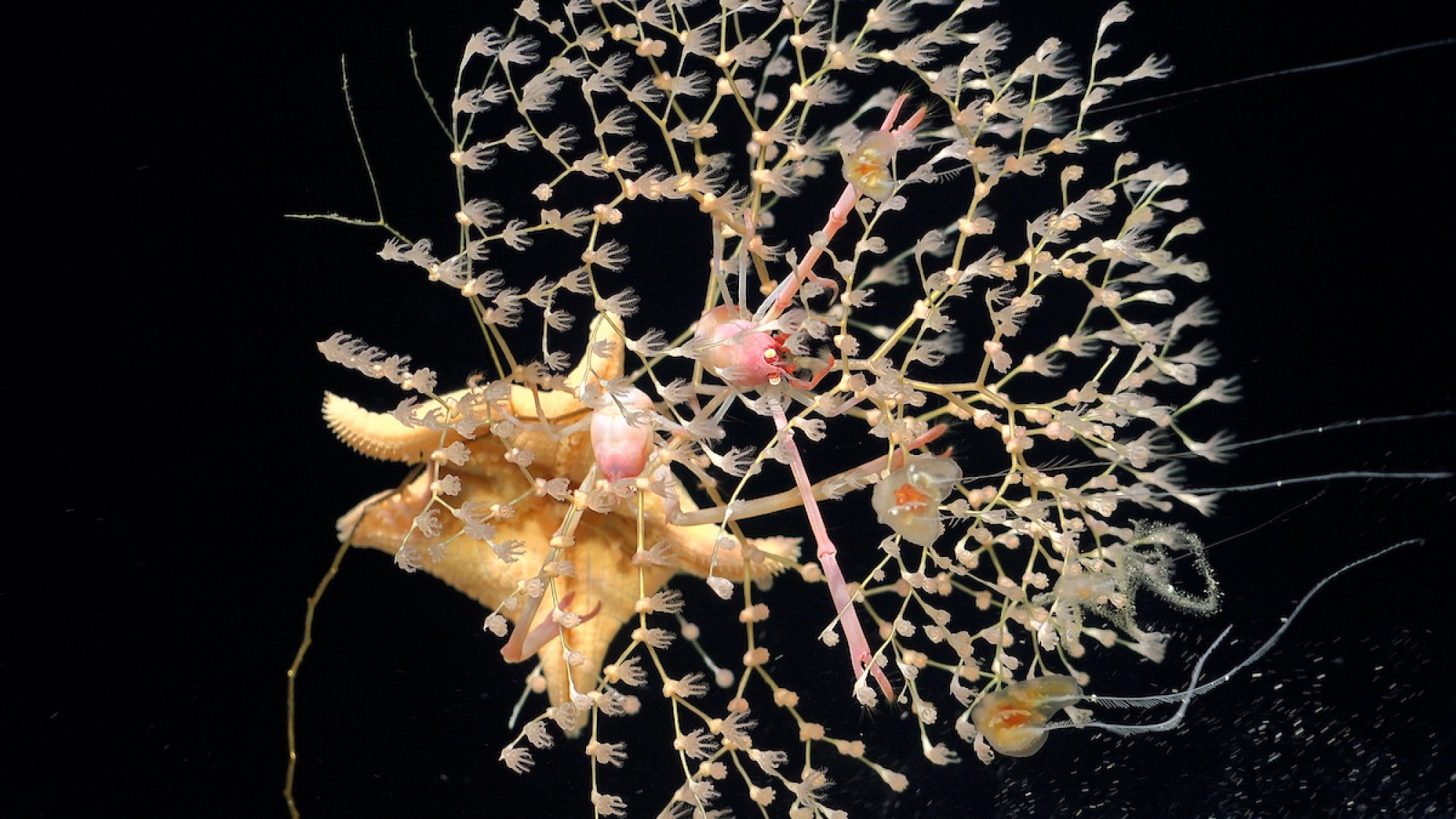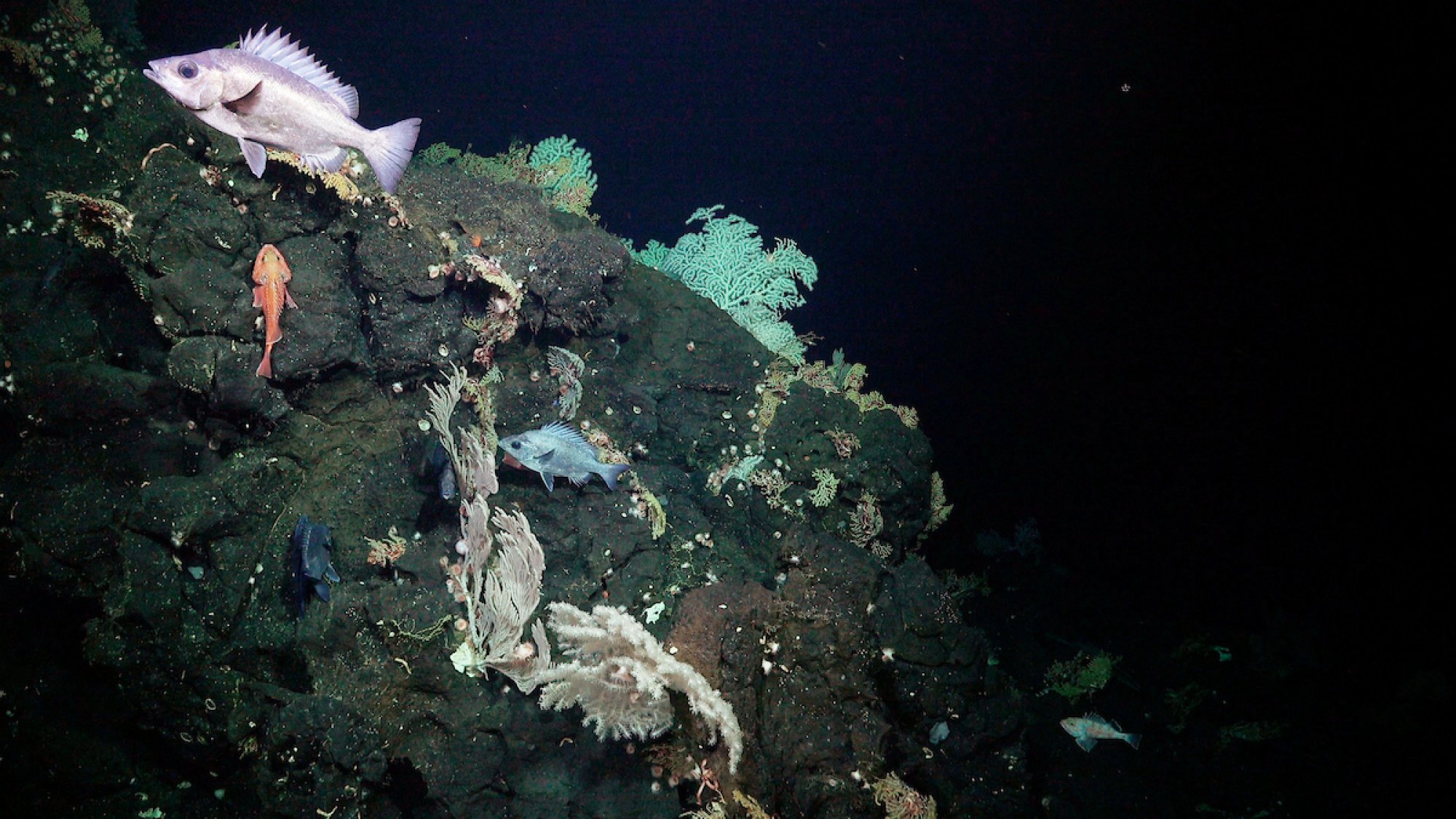Scientists discovered a giant underwater mountain. And it’s teeming with deep sea life.
An endeavor aboard the Falkor (too) — a 363-foot (111-meter) research vessel operated by the Schmidt Ocean Institute — has returned vivid imagery from its latest exploration mission around a variety of seamounts, including in the Nazca Ridge, located some 900 miles off the coast of Chile.
“The discovery of a new seamount almost 2 miles tall — almost four times as tall as the Burj Khalifa — with a vibrant ecosystem was very exciting,” co-chief scientist and Schmidt Ocean Institute Executive Director Jyotika Virmani said in a statement. (The Burj Khalifa, in Dubai, is the world’s tallest building.) “Only 26 percent of the seafloor has been mapped to this high resolution, and each expedition on Falkor (too) brings into focus a little more of the unknown seabed and life on our home planet.”
Much of Earth‘s deep sea remains unexplored and little-known. This latest journey uncovered 20 new species. Just this winter, previous expeditions found around 150 new species in the region.
“We always discover stuff when we go out into the deep sea. You’re always finding things that you haven’t seen before,” Derek Sowers, an expedition lead for NOAA Ocean Exploration who had no role in this mission, previously told Mashable.
The ocean images and footage below shows highlights from the mission, including the rarely seen Bathyphysa conifera, also known as the “flying spaghetti monster.” A remotely operated vehicle the size of a minivan, called ROV SuBastian, was lowered to dark marine depths to illuminate and capture these views.

Credit: ROV SuBastian / Schmidt Ocean Institute

Credit: ROV SuBastian / Schmidt Ocean Institute

Credit: ROV SuBastian / Schmidt Ocean Institute
Ocean research organizations like the Schmidt Ocean Institute are now vigilantly documenting and mapping the deep sea. Scientists want to shine a light — literally and figuratively — on what’s down there.
The implications of knowing are incalculable, particularly as deep sea mineral prospectors prepare to run tank-like industrial equipment across parts of the seafloor. For example, research expeditions have found that ocean life carries great potential for novel medicines. “Systematic searches for new drugs have shown that marine invertebrates produce more antibiotic, anti-cancer, and anti-inflammatory substances than any group of terrestrial organisms,” notes the National Oceanic and Atmospheric Administration.
https://mashable.com/article/deep-sea-ocean-discovery-images


